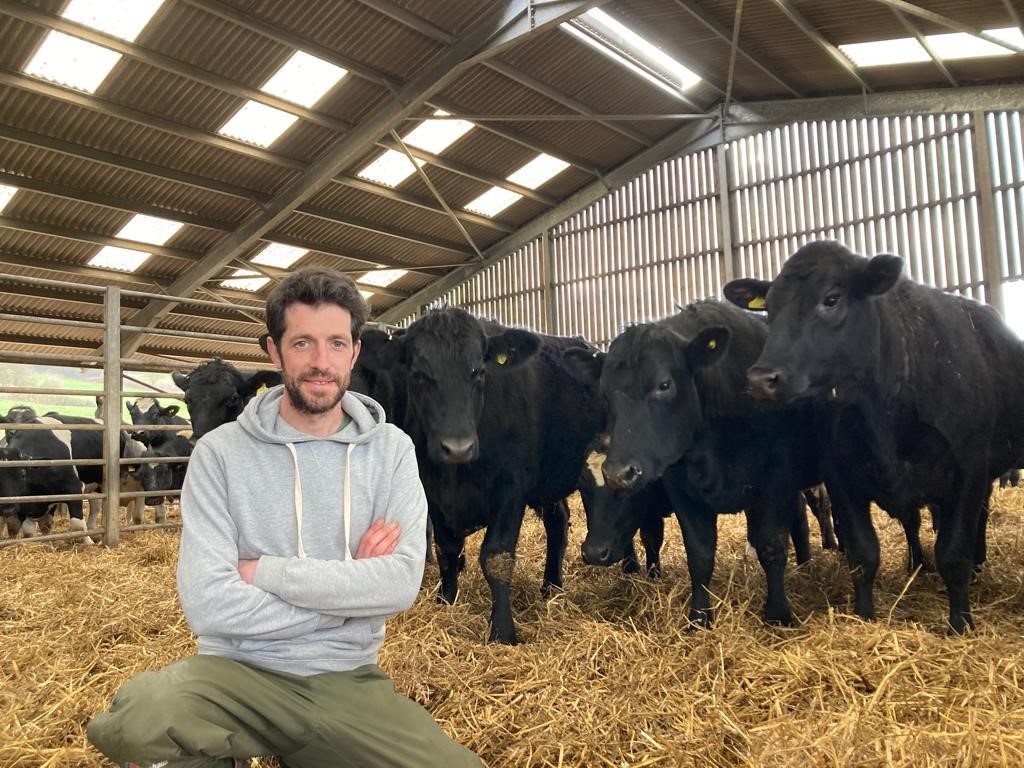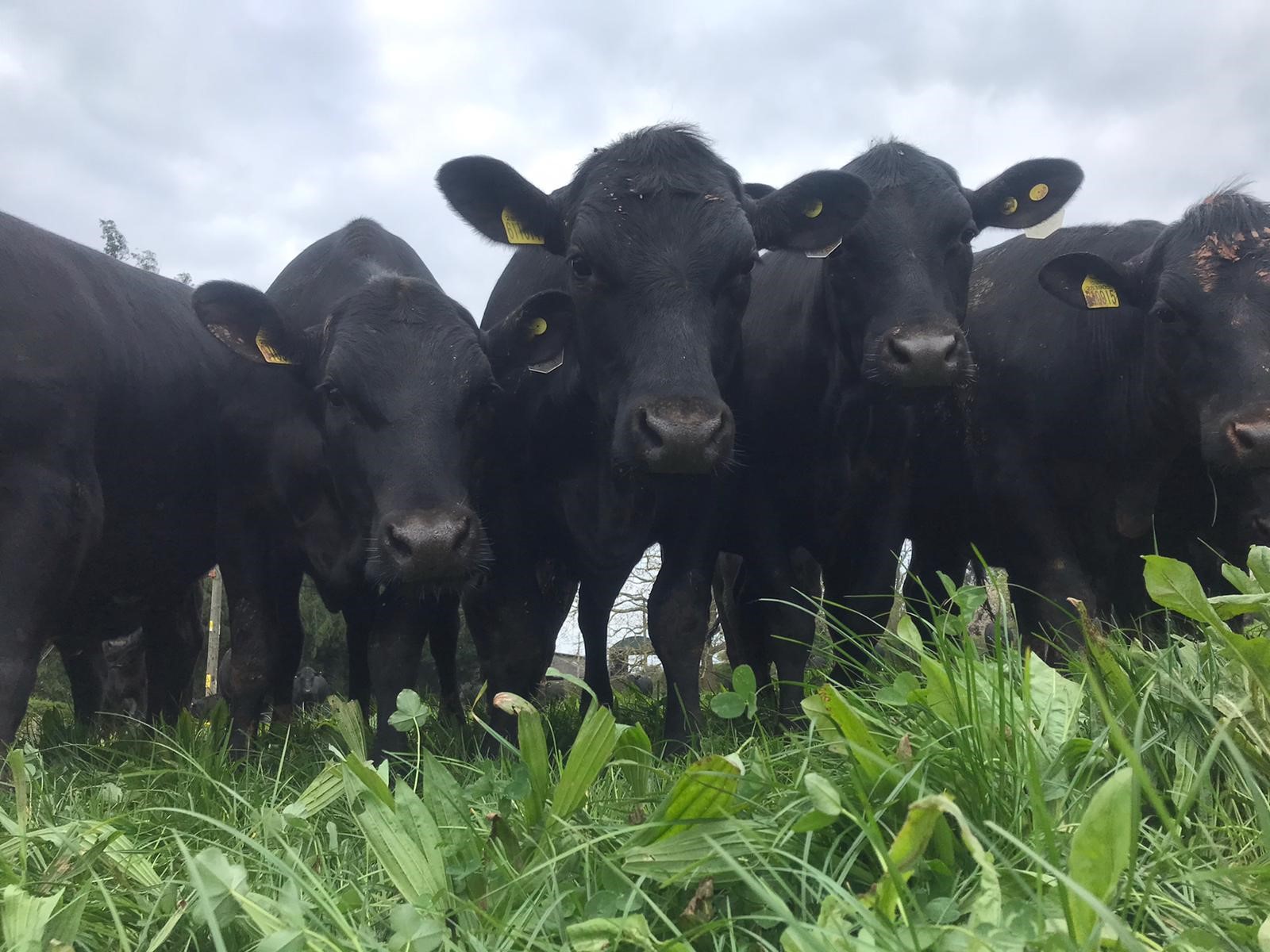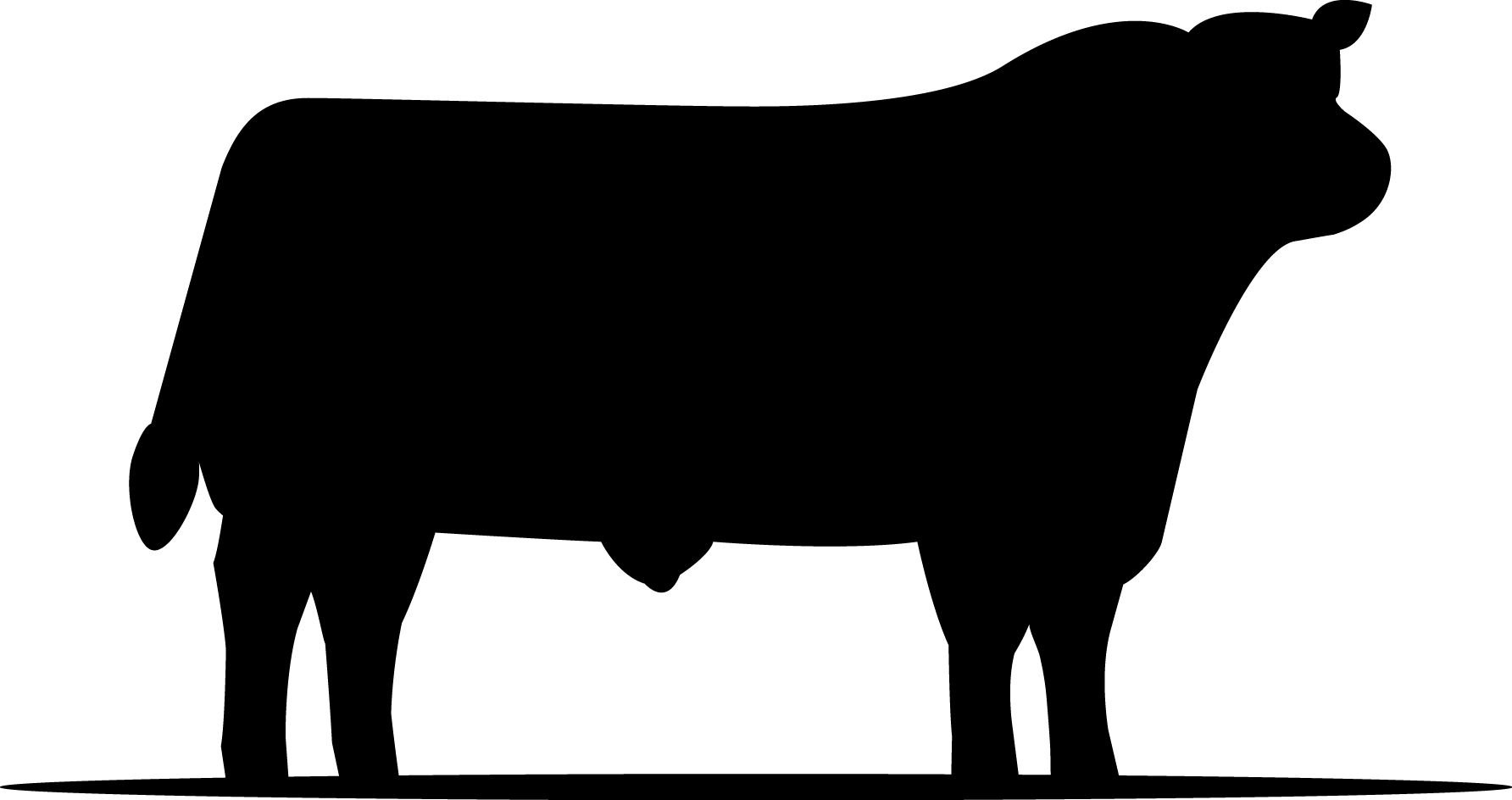The Farrant family operates a 600-cow dairy unit at Manor Farm in Oxfordshire, alongside a dairy beef finishing unit at Underley Farm in Herefordshire.
The dairy herd are predominantly a cross between Norwegian Red, New Zealand Friesian and Holstein and are managed on a grazing-based system by Andrew Farrant.
The herd operates both spring and autumn block calving, with twice-daily milking through a 50-point Waikato rotary parlour. Milk yields average 7,000 litres per cow per year, with all milk supplied to Waitrose.
Andrew says: “Other than the heifers we keep back for replacements; all calves get sent over to our finishing unit a couple of hours away in Herefordshire. 650-700 dairy cross Aberdeen-Angus calves are finished at the beef unit every year.
“Most of the calves come from our dairy herd, with the remainder being sourced from Meadow Quality.
“Like the milk, cattle currently go to Waitrose via Dovecote Park, but we’re also looking to start supplying cattle to the regenerative farming collective, Grassroots Farming,” says Andrew.
The move to Aberdeen-Angus genetics
Andrew’s cousin, Ian Farrant, runs the dairy beef unit and says that although the farm had enjoyed using British Blue genetics for many years, they were struggling to finish the cattle without the need for a lot of concentrates.
Ian says: “When they got to 16-months-old we could finish them on a ration, but we ended up having to throw vast amounts of concentrates at them which just wasn’t sustainable.
“We were looking to grow the finishing side of the business, but it wasn’t looking feasible without buying in lots of concentrates.
“Instead, we looked into introducing Aberdeen-Angus genetics to become more self-sufficient in our feed,” Ian adds.
“It seems like a much more sustainable farming model, and by reducing our reliance on inputs, we’re not as vulnerable to market price fluctuations.”
Dairy benefits from Aberdeen-Angus genetics
The Farrants say that the benefits can be seen across the whole dairy beef business, from when the dairy cows calve, through to the finishing cattle.
Andrew says: “Our bull choice is very much down to calving ease, with all breeding being done through AI.
“The calves just seem to pop out. Looking at the 2023 spring-calving block figures, we had 196 calving’s from Aberdeen-Angus bulls and achieved 198 live calves, due to some sets of twins being born.”
As well as calving ease benefits, Andrew says he has been impressed with the vigour of the Aberdeen-Angus cross calves and ease of management.
He says: “They get up straight away, ready for a drink of colostrum.
“Another benefit is that they are polled. We always choose polled dairy bulls too, and we haven’t had to dehorn a calf in the past two years.”
Finishing benefits
Once the calves are moved to the beef unit in Herefordshire, Ian says there is a noticeable difference in the amount of concentrates they require for finishing.
Ian says: “Our business is essentially split into three areas – calf rearing, growing, and finishing.
“The Aberdeen-Angus crosses spend 30-60 days on the finishing ration and they’re achieving an average daily liveweight gain (DLWG) of 1.5-1.8kg, based on a grass and maize silage-based diet, with about 4kg of cereals a day.”
He says this compares to the British Blue crosses, which spent 60-90 days on the finishing ration and achieved an average DLWG of 1.4kg.
Ian says: “The weight gain was fine, but the problem was the length of time they were spending on the finishing diet.
“Since moving to Aberdeen-Angus we’re using far less cereals – I estimate we only need a third of the amount to finish the Angus cattle compared to the Blues.”
He says the Aberdeen-Angus crosses are finishing at carcase weights of 315-320kg at grades ranging from a mid R to an O+.
Although this is slightly lighter than the Blues, which had average carcase weights of 330-335kg, at typically half a grade higher than the Angus crosses, Ian says he is happy with the end result and not interested in pushing for heavier cattle.
He adds: “I’d rather have a higher throughput and sell them slightly lighter, because there’s huge potential to lose money in the finishing shed, especially with heavy cattle.”
Praising the working partnership between the Farrant cousins, AHDB knowledge exchange manager for beef and lamb, Emma Steele, says: “One of the things that works really well with Andrew and Ian is that they sit down quite regularly as a partnership and discuss what’s gone well and what hasn’t.
“They’re constantly reviewing what they’re doing, and this is proving successful; it would be great to see more of this collaboration between dairy farmers and dairy beef finishers.”





